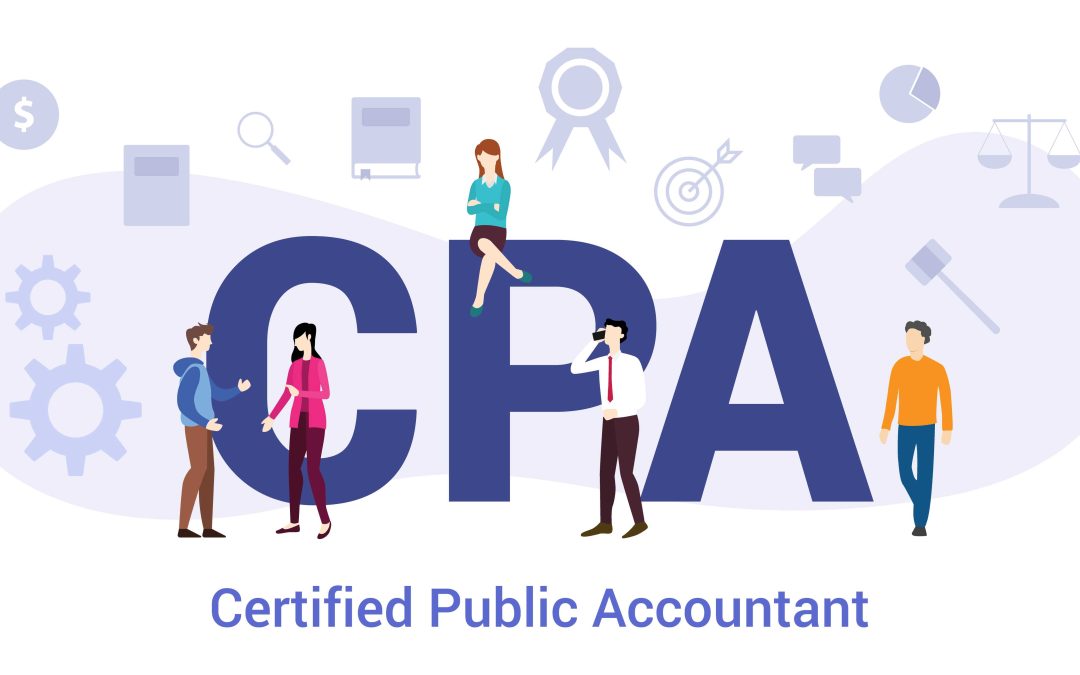
Cash Management
Cash Management
As a business owner, you truly have an understanding of the saying ‘cash is king.’ Cash is the lifeline of any business. It is a vital component, ultimately impacting a business’s financial stability and success. Without it, your business cannot survive. Although, running a small business comes with a myriad of challenges. One of the most critical aspects that can significantly impact its success is its cash management.
What is Cash Management
Cash management in layman’s terms is how a business manages its cash flow. It is the process of monitoring, optimizing, and controlling the cash within your business. Its goal is to ensure a business has the right amount of cash on hand to cover its operational expenses and to optimize growth opportunities. Effective cash management is like the beating heart of a business. It makes sure the business is not only running smoothly but thriving as well. Without a proper system in place, a business may find itself in a dire situation.
Why Cash Management is Important
Proper cash management is the foundation for a small business’s financial health and growth. There are many reasons it holds immense importance for businesses. First, it helps to create financial stability. It safeguards your business against unexpected expenses and events, like economic downturns. With a financial safety net, your business is better prepared to weather challenges. Also, it helps to seize growth opportunities. Having cash on hand helps businesses make strategic decisions. Lastly, it aids in the process of decision making. Informed decisions rely on accurate financial data. It provides the data you need to make strategic choices for your business.
How a Virtual CFO Can Help
Virtual CFO’s expertise allows them to wear many different ‘hats.’ They play an essential role in helping businesses manage their cash. A virtual CFO provides valuable insight for cash management in many ways. For example, virtual CFOs analyze your business’s historical cash flow data and uses it to create accurate cash flow forecasts. This helps a business prepare for the many financial challenges. A virtual CFO can provide regular financial reports and analysis. This allows a business to monitor its cash position which helps to make better decisions and adjust strategies if needed.
Cash management can be one of the most challenging aspects of a business but it is fundamental to the overall success of your business. While it may not be everyone’s forte, it is ours. Let the CJA team help you with your cash management needs!
Contributed by Elizabeth Partlow




